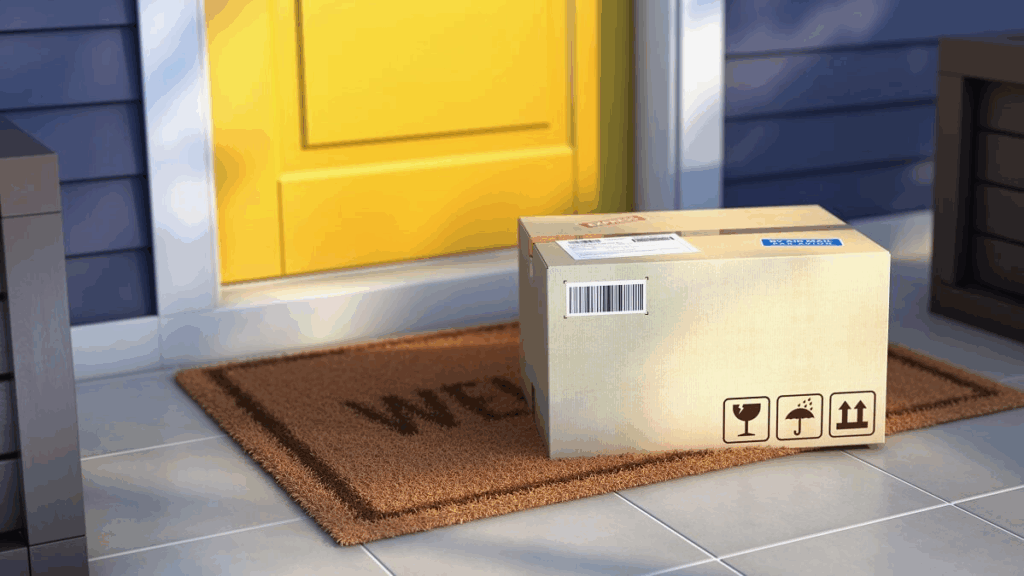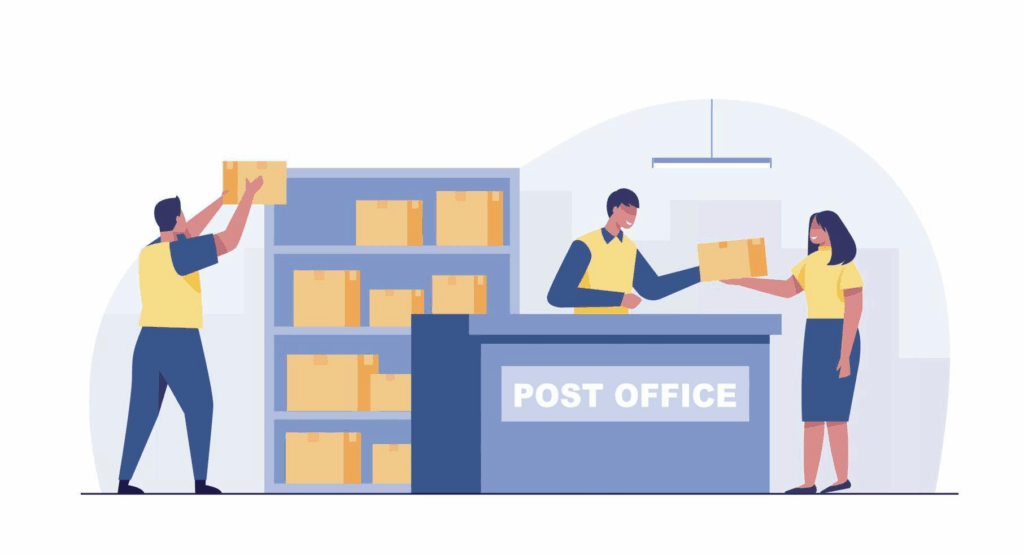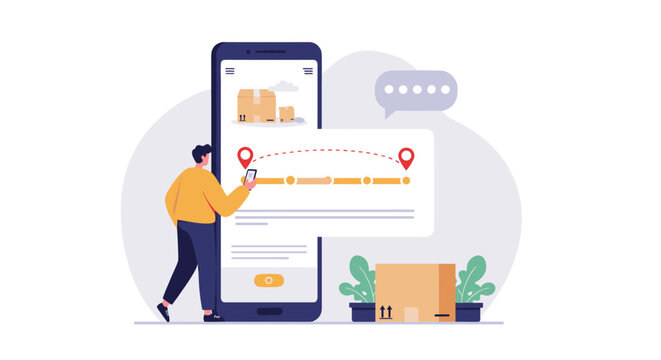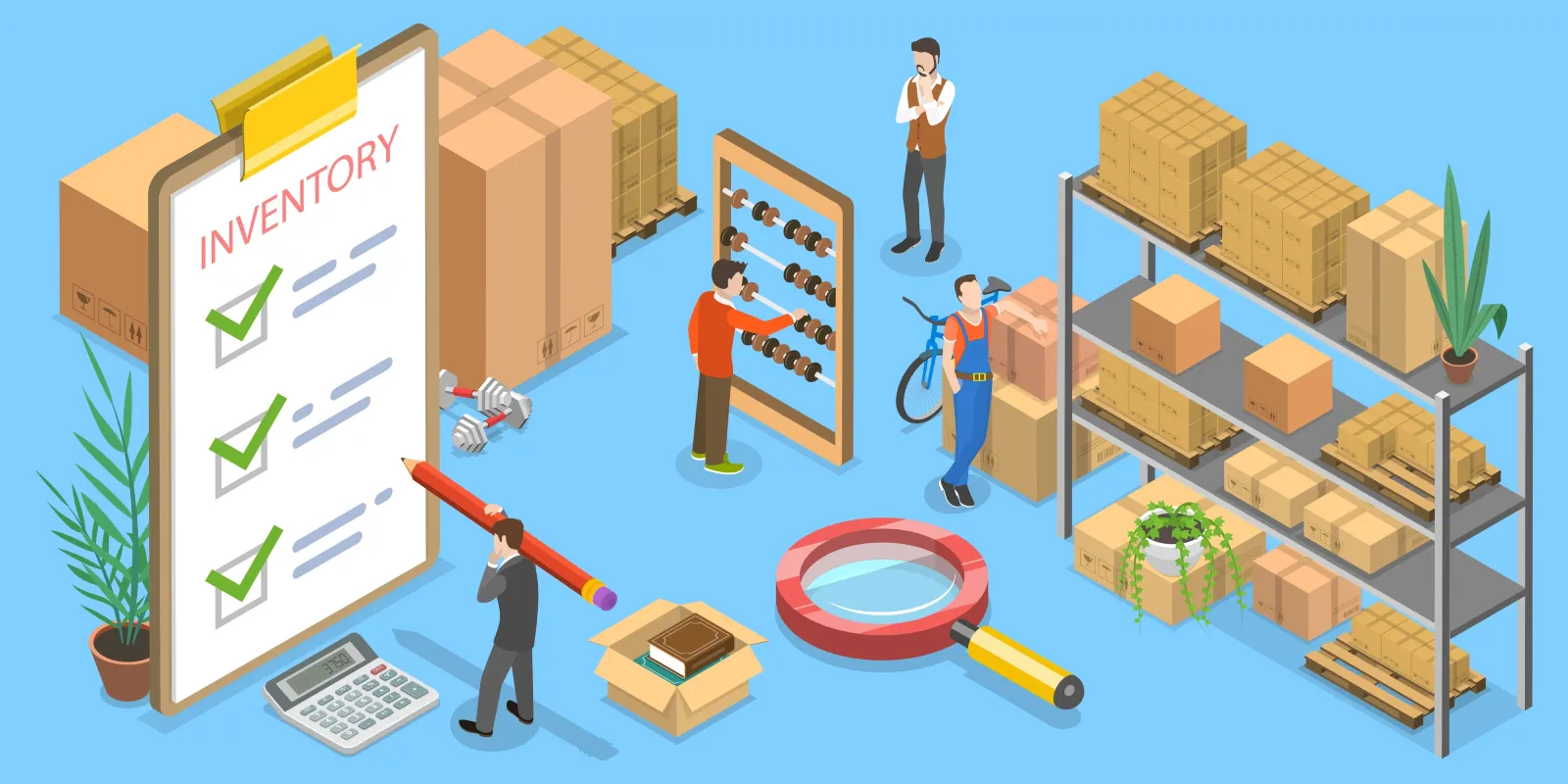How to Solve “Delivered but Not Received” Issues for International Parcels
When an international parcel is marked as delivered but not received, panic and frustration often follow. It’s one of the most confusing problems in global shipping — your tracking page says “delivered,” yet there’s no package in sight. Whether you’re a buyer waiting for a long-anticipated item or a seller dealing with a customer complaint, understanding what this status means and how to act fast can save both time and stress.
If you’re facing this issue right now, visit PostalParcel for smart international tracking and recovery tools that simplify global delivery management.

What Does “Delivered but Not Received” Really Mean?
This tracking status means that the courier’s system has registered a successful delivery scan, but the recipient hasn’t actually received the parcel. It’s more common than most people think, especially in international shipping, where múltiples transportistas and customs checkpoints are involved.
Possible reasons include:
- The package was delivered to a neighbor or front desk.
- The courier marked it delivered before the actual drop-off.
- A delivery confirmation scan error occurred.
- The parcel was placed in an unsafe or hard-to-see location.
- Theft or loss after delivery (porch piracy).
Understanding which of these situations applies helps you determine your next step — whether that’s contacting the carrier, local postal office, or the seller.
Step 1 – Double-Check Your Surroundings and Delivery Details
Before assuming your package is gone, start with the simplest checks. Many delivered but not received cases are resolved this way.
Here’s what to do immediately:
- Check the surroundings – Look near your porch, behind planters, under mailboxes, or near garage doors. Couriers often hide parcels to prevent theft.
- Ask neighbors or family – Someone in your household or neighborhood might have received it on your behalf.
- Review the tracking information carefully – Look for exact timestamps, delivery location descriptions (“left at front door,” “delivered to parcel locker”), or proof-of-delivery photos if available.
- Confirm your delivery address – Ensure that the sender used the correct address and postal code, especially when ordering from overseas websites.
If these checks don’t locate the parcel, it’s time to investigate further.
Step 2 – Contact the Courier or Local Postal Office

When an international package shows as delivered but hasn’t arrived, the local courier or postal office is your best starting point. They often have more detailed delivery logs than what’s visible on the public tracking page.
Ask the carrier these specific questions:
- What address and recipient name were used on delivery?
- Was there a signature or delivery photo?
- What GPS coordinates were recorded for the delivery scan?
- Which driver handled the parcel, and can they confirm the location?
Most postal services — like USPS, Royal Mail, Canada Post, or Australia Post — can open an internal investigation if you contact them within 7 to 14 days of the delivery scan.
Consejo: Always record your call reference number and the name of the representative you spoke to. This will help if you need to escalate the case later.
Step 3 – Contact the Seller or Marketplace Platform
If the courier can’t locate the parcel, the next step is contacting the seller or the e-commerce platform (such as Amazon, eBay, or AliExpress). Sellers can often open carrier claims faster than buyers because they are the original shipper.
When contacting the seller, include:
- Order number and tracking ID.
- Screenshot of the tracking showing “Delivered.”
- Description of your issue (not received).
- Any response from the courier or postal service.
Most platforms have buyer protection policies:
- Amazon: May issue a refund or replacement after verification.
- eBay: Typically resolves through their “Item Not Received” claim system.
- AliExpress: Offers dispute resolution within 15 days after delivery confirmation.

If you purchased directly from a retailer’s website, provide documentation and request that they open an official lost parcel claim.
Step 4 – File a Claim or Inquiry with the Postal Service
If you’ve confirmed that your parcel is missing, you can file an official claim with the postal service that handled the last delivery step. This process helps determine compensation or investigation results.
Here’s how to file a claim effectively:
- Gather all information: tracking number, proof of payment, purchase receipt, and item description.
- Visit the local post office or official website to file the claim.
- Include detailed notes about what happened and when you discovered the issue.
- Keep copies of all documentation and correspondence.
Each country’s postal service has its own claim deadlines — for example:
- USPS: Within 60 days of mailing.
- Royal Mail: Within 80 days.
- Canada Post: Within 90 days.
If your parcel was insured, you might be eligible for reimbursement once the investigation concludes.
Step 5 – Investigate Possible Delivery Theft (Porch Piracy)
In some unfortunate cases, the parcel truly was delivered — but later stolen. Porch piracy has become increasingly common worldwide.
If you suspect theft:
- Check nearby CCTV, smart doorbells, or apartment cameras.
- Ask your neighbors if they noticed suspicious activity.
- Report the incident to your local police department and request a report number.
- Provide the report to the courier or seller as proof for claims.
Even though postal services are not directly responsible for theft after confirmed delivery, having a police report can help in refund or replacement negotiations.
Step 6 – Use an International Parcel Tracking Aggregator

Sometimes, confusion happens because international packages switch carriers mid-route. A tracking number that shows “delivered” on one platform might still be in transit in another country’s system.
Solutions include:
- Enter your tracking number on a global tracking tool como PostalParcel, which consolidates updates from multiple carriers into one dashboard.
- Check for alternate tracking numbers that appear after customs clearance.
- Compare timestamps from the origin and destination carriers — discrepancies can reveal system errors or early status updates.
Using a multi-carrier tracking service can often uncover details hidden by regional postal sites, helping you locate the real delivery status.
Step 7 – Learn How to Prevent Future “Delivered but Not Received” Cases
While some issues are beyond control, you can minimize the risk of this problem by taking simple preventive steps.
For buyers:
- Always include your full name, house number, and correct postal code.
- Add delivery instructions such as “Leave with reception” or “Require signature.”
- Choose shipping methods with insurance or tracking.
- Use a secure parcel locker or P.O. box if you live in an area prone to theft.
For sellers:
- Use carriers that offer GPS confirmation and signature delivery.
- Take photos before shipping and retain proof of dispatch.
- Communicate clearly with customers about expected delivery times and procedures.
Preventing delivered but not received cases starts with proactive tracking and transparent communication.
Step 8 – Know When to Escalate or Seek Refunds

If all investigations fail, escalation may be your last resort.
Your options include:
- Filing a dispute through your payment method (PayPal, credit card, or marketplace platform).
- Requesting chargeback protection from your card issuer if the seller or courier cannot verify the final delivery.
- Contacting consumer protection agencies or logistics ombudsman services if local authorities permit.
Keep all evidence organized — screenshots, emails, and correspondence — as they strengthen your claim for reimbursement.
Principales conclusiones
- Don’t panic — start by checking around your property.
- Verify all delivery details and tracking updates.
- Contact your local courier or post office for internal records.
- Notify the seller and request a claim or replacement.
- File an official claim or report if the parcel remains missing.
- Use tools like PostalParcel for accurate multi-carrier tracking.
Acting promptly and methodically increases your chances of locating or reclaiming your package successfully.
“Delivered but not received” problems are frustrating but solvable. In most cases, the package is nearby or a scanning error caused temporary confusion. For international shipments, understanding how different carriers update tracking data and where to file claims is key to resolution.
To simplify the process and monitor global deliveries in real time, explore PostalParcel — a platform designed to make international shipping transparent, traceable, and less stressful.
Perspectivas del sector
noticias vía inbox
Nulla turp dis cursus. Integer liberos euismod pretium faucibua








